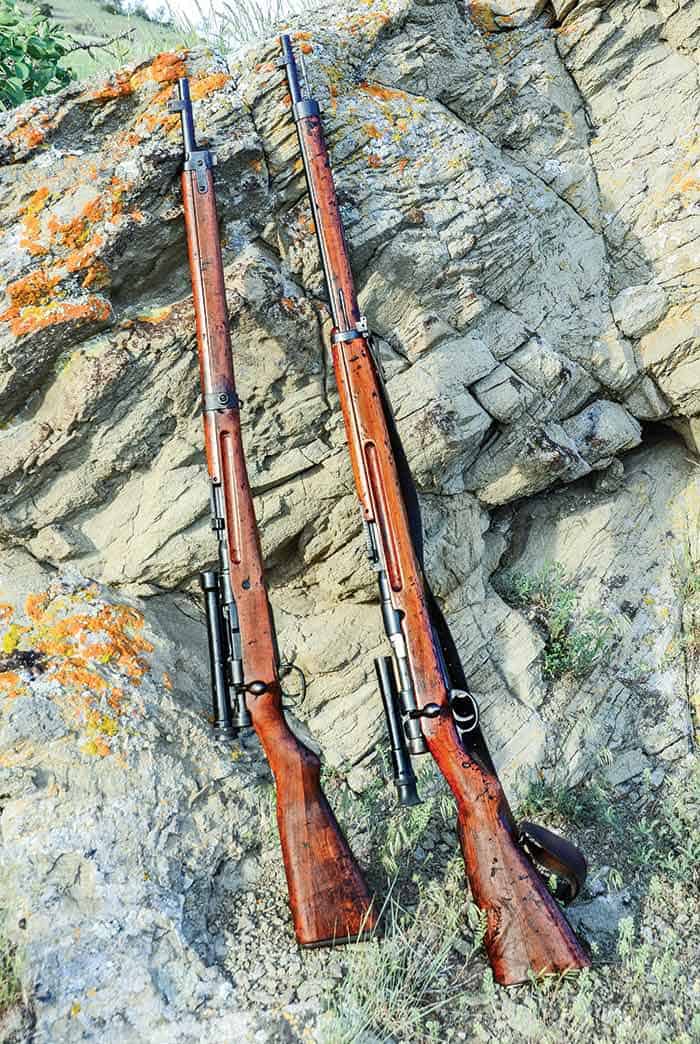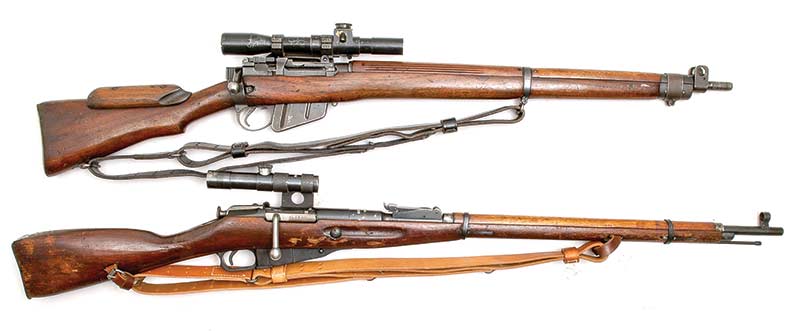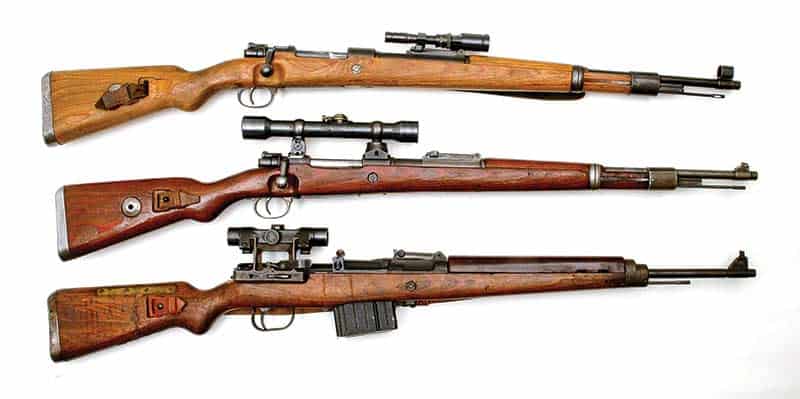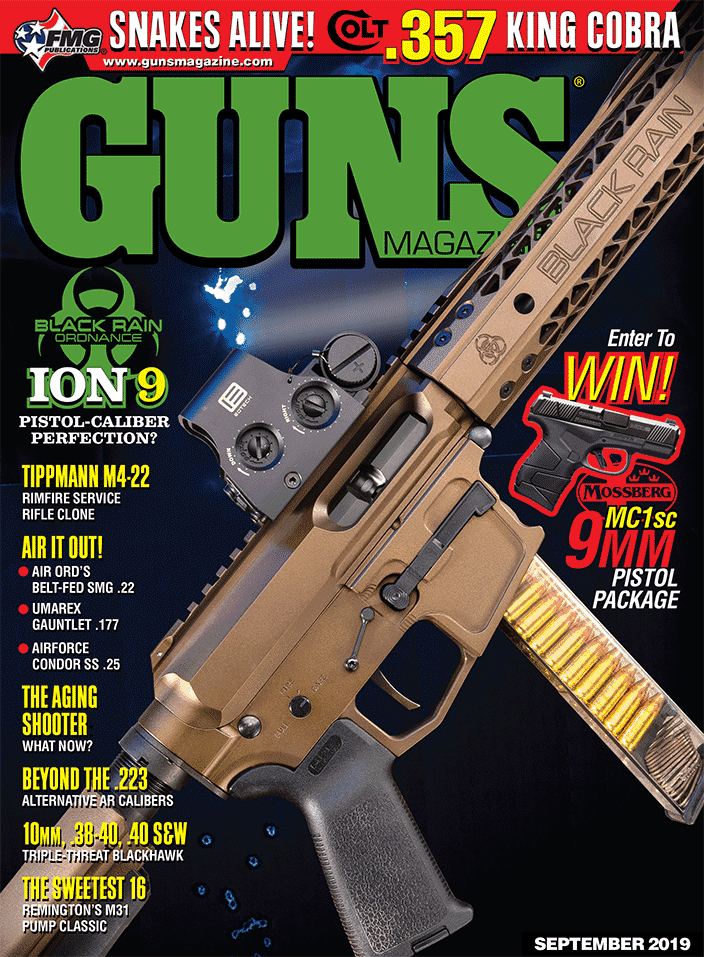World War II Snipers
Myths, realities, tools of the trade
Since my pre-teens I’ve been an avid student of World War II. About a thousand times in my reading I’ve encountered something like this, “Sadly so and so was felled by a sniper’s bullet.” But most likely “so and so” was not shot by a specialist sniper armed with a scope-sighted rifle and trained in its use. There simply weren’t enough of them fielded to account for all the shooting attributed to them.
The Players
The notable exception was the Soviet Union’s Red Army. By their entry into World War II they had about 60,000 trained snipers, including some women. Compare this to the United States and British armies who had no snipers or schools to train them in marksmanship and fieldcraft. Some U.S. Marines were considered snipers, but early on, those were mostly members of competition rifle teams.
The Germans had a meager number of pre-war snipers but rushed a large training program into being quickly in 1941. Why? They were stunned at how many of their officers and NCOs were being killed by Russian snipers. The Japanese Imperial Army did have snipers prior to declaring war on America, but their doctrine was different from other nations.
Most armies expected a sniper to fire a shot from a good hide, then move. For instance, a U.S. Marine forward observer for mortars on Okinawa reported a sniper team joined him on a ridge. He said every time they fired a shot, the team had to run because the Japanese would quickly drop a mortar pattern on the area they had just vacated. Conversely, the Japanese army considered snipers expendable. They were to tie themselves into trees or other concealment and then inflict casualties on enemy troops until killed.
The Rifles
With considerable expenditure of time and treasure, over a period of years I’ve managed to acquire a modest collection of original sniper rifles from Germany (5), Japan (3), the Soviet Union (2), Great Britain (1) and the United States (1). I’ve fired all of them in an effort to understand their finer points and/or flaws.
None of the combatants mentioned actually developed a rifle for snipers, although Germany’s K98k’s actions stamped BCD4 were made from the beginning as sniper rifles with a 1/8″ thicker left side rail. Also the Soviet Union’s SVT40 — meant for scoped use — needed a simple groove atop the action’s rear. It was only cut onto ones meant for optics.
The Scorecard
Germany put scopes on K98ks and G/K43s. Both were 8mm with the 98k being a bolt action with 5-round magazine and the ’43 a semi-auto with a 10-round magazine.
Japan put them on Type 97 6.5mms and Type 99 7.7mms. Both were bolt actions with a 5-round capacity. The Soviet Union put their optics on Mosin-Nagant Model 91/30 bolt actions (5-round magazines) or SVT40 semi-autos (10 rounds). Both chambered 7.62x54R. Britain had 10-round .303 bolt action No. 4s and the U.S. had the Model 1903A4 .30-06 bolt action (5-round capacity).
The Germans and Japanese also made their sniper rifles shootable with their iron sights. Japanese sniper rifle scopes were offset to the left so the open sights are completely exposed. Germany had more different types of sniper rifles than any other nation, so I’m speaking in generalities about them. Their turret type mounts had holes beneath scopes so the iron sights were usable. Others such as the long and short side rail versions had mounts offset to the left but scope rings were hung over the rifles’ actions. Their ZF41 and Z4 scopes on K98ks and G/K43s were quick-detachable. American, British and Soviet scopes were not QD in the usual sense of dismounting and remounting in a few seconds.
Also — with one exception — scopes were low in power. The ZF41 was only 1.5X and the highest magnification on German rifles was 6X. British and Soviet scopes were 3.5X and the U.S. and Japan favored 2.5X. Some later Japanese Type 99s did get 4X scopes and the U.S. Marine Corps put 8X scopes on Model 1903 Springfields, but considered the combination as less than perfect. By war’s end, the USMC was also using Model 1903A4 “Springfields” as developed by the U.S. Army.
Also, the modern mystique of long range sniping didn’t really apply in World War II. The scopes weren’t powerful and few — if any — of the rifles were actually capable of MOA accuracy. Mine mostly will do 1.5 to 2 MOA with very good ammo. Surviving snipers tell of more 200- to 300-yard (or meter) shots than any at longer ranges.
Here’s something else to consider: An American, British, German or Russian soldier armed with their own army’s sniper rifle could quickly put a captured enemy’s rifle into action, but not the Japanese. Their scopes were not adjustable. Therefore, Japanese snipers had to memorize points of aim with the tic marks on their reticles and they’d have been lost when trying to shoot a captured scoped rifle.







